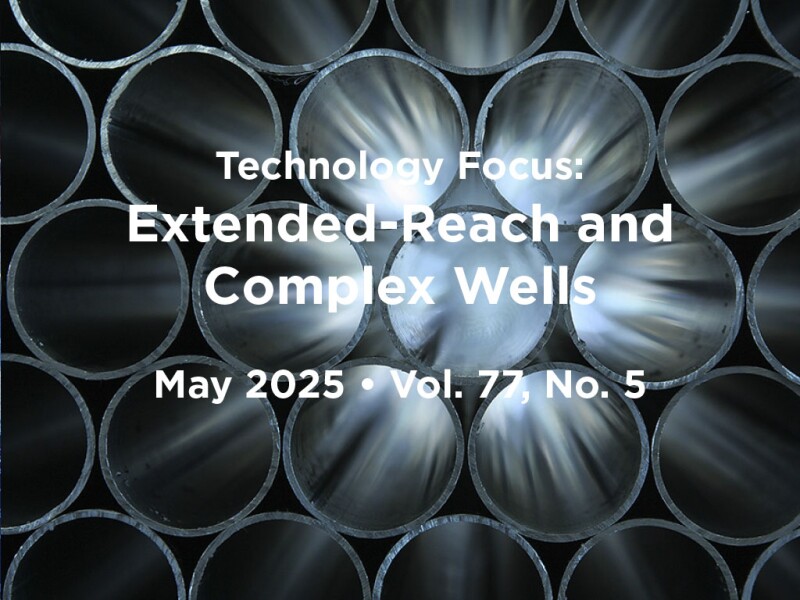In the relentless pursuit of energy resources, the oil and gas industry has continually evolved, pushing the boundaries of technology and engineering. Extended-reach drilling (ERD) and complex wells have emerged as pivotal techniques, enabling access to previously unreachable reserves.
ERD allows operators to access oil and gas reservoirs far from the drilling site, minimizing the environmental footprint and optimizing resource recovery. ERD has come a long way since its inception in the late 20th century. Initially developed to overcome the limitations of traditional vertical drilling, ERD has evolved into a highly precise and efficient method.
Advances in drilling technologies, such as rotary steerable systems, measurement-while-drilling tools, and advanced drilling fluids, have significantly enhanced the capabilities of ERD. The key advantages of ERD are horizontal displacements of up to 40,000 ft, minimizing environmental impact, optimizing resource extraction by maximizing the production potential of a single well, and enhancing reservoir access.
Benefits of ERD certainly come with challenges, such as pressure management, torque and drag management, and multilateral-completion challenges. While these techniques present technical challenges, continuous advancements in drilling and completion technologies have paved the way for their successful implementation. For instance, current technological innovations in multilateral-completion systems are focused on integrating advanced completion capabilities, increasing operational efficiency, reducing complexity, and increasing field development viability. As the industry continues to innovate, ERD and complex wells will play an increasingly vital role in meeting global energy demands while minimizing environmental impact.
Summarized Papers in This May 2025 Issue
IPTC 23567 Options Reduce Nonproductive Time in Drilling Unconventional Horizontal Wells by Salahaldeen S. Almasmoom, Ahmad I. Al-Mugdad, and Guoqiang Yin, Saudi Aramco, et al.
SPE 219367 Multilateral Technology Innovations Help Maximize Field Development by Matthew Kelsey and Thomas Fanchin, Halliburton.
SPE 223794 Remote Borehole Management Overcomes Strength Anisotropy and Enhances Hole Cleaning by Shekhar V. Gosavi, Amshith Adla, and Shanmukh Sripada, ExxonMobil, et al.
Recommended Additional Reading
IPTC 23198 Drilling Campaign of a Marginal Oil Field Set New Records in Bohai Bay With Technology and Management Innovations by Hongbo Huo, China National Offshore Oil Corporation, et al.
SPE 218430 A New Approach to Cost-Effective Multilateral Solutions for Mature Fields in the North Sea by Matthew Kelsey, Halliburton, et al.
SPE/IADC 223649 AI Solution Provides the Most Autonomous Framework of Directional Well Sections in High-DLS Well Plans by Samba Ba, SLB, et al.

Syed Zahoor Ullah, a planning lead for SLB in Norway, is responsible for multiple drilling projects in the North Sea. He holds a bachelor of engineering degree in petroleum engineering from the University of Engineering and Technology, Lahore. Before moving to Norway, Ullah was a well engineering lead for SLB in the Middle East, responsible for managing an engineering team for multiple drilling rigs with high-volume/high-frequency operations. He has nearly 15 years of experience in the industry and is the author or co-author of 11 SPE papers. Ullah has been a technical committee member and session chair for the Abu Dhabi International Petroleum Exposition and Conference and served on the technical committee for the 2024 SPE Norway Subsurface Conference.

